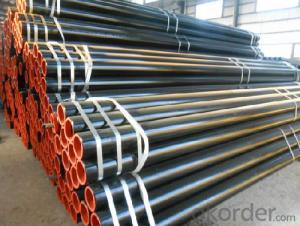Steel Structures of America: Building the Future
From the moment the first steel beams were hoisted into place, the American landscape began to change. The use of steel in construction has not only transformed the skyline but also the way we live, work, and dream. This article is a tribute to the ingenuity and innovation that has shaped the future of architecture with steel structures in America.
The Dawn of a New Era
The birth of the steel age can be traced back to the late 19th century when the Bessemer process was invented, allowing for the mass production of steel. This was a game-changer for the construction industry, as steel offered strength, durability, and flexibility that traditional materials could not match. The first skyscrapers, such as the Home Insurance Building in Chicago, were born from this innovation, and they stood as monuments to human ambition and progress.
The Art of Engineering
Steel structures are not just about functionality; they are also a canvas for architectural creativity. Engineers and architects have collaborated to push the boundaries of design, creating structures that are as much works of art as they are feats of engineering. The Chrysler Building in New York, with its distinctive terraced crown, and the Gateway Arch in St. Louis, a 630-foot high catenary arch, are testaments to the marriage of form and function.
The Sustainability Factor
In an era where environmental consciousness is paramount, steel structures have proven to be a sustainable choice. Steel is recyclable, and its production has become increasingly efficient and eco-friendly. The use of steel in construction reduces waste, and its strength allows for longer spans and fewer materials, which in turn reduces the carbon footprint of a building. The Bank of America Tower in New York is an example of a high-performance, green building that incorporates sustainable design principles.
The Human Touch
While steel structures are often associated with cold, impersonal buildings, they can also be designed to evoke emotion and create a sense of community. The High Line in New York City, repurposed from an abandoned railway line into an elevated park, is a perfect example of how steel can be warm and inviting. It has become a beloved public space that connects people to nature and to each other.
The Iconic Landmarks
Steel has been instrumental in creating some of the most iconic landmarks in America. The Golden Gate Bridge, with its distinctive red color and majestic suspension, is a symbol of San Francisco and an engineering marvel. The Petronas Twin Towers in Kuala Lumpur, although not in America, were once the tallest buildings in the world and showcase the limitless possibilities of steel construction.
The Challenges Ahead
Despite the many advantages, the use of steel in construction faces challenges. The rising cost of steel, fluctuations in supply, and the need for constant innovation to meet new demands are issues that the industry must address. However, the resilience and adaptability of steel make it a material that will continue to be at the forefront of construction.
The Future is Steel
As we look to the future, steel structures will continue to play a vital role in shaping our cities and our lives. From skyscrapers that touch the clouds to bridges that span vast distances, steel will be the backbone of our built environment. The next generation of architects and engineers will continue to explore new ways to use steel, making our world stronger, more beautiful, and more sustainable.
In conclusion, the steel structures of America have come a long way since the first beams were erected. They have evolved from mere supports to integral components of our cultural and physical landscape. As we stand in awe of these towering achievements, we can’t help but feel a sense of pride and wonder at what the future holds for the art and science of steel construction in America.

